Military
Putin Has 250,000 Paramilitary Personnel At the Ready - What Are the Geopolitical and Business Risks?
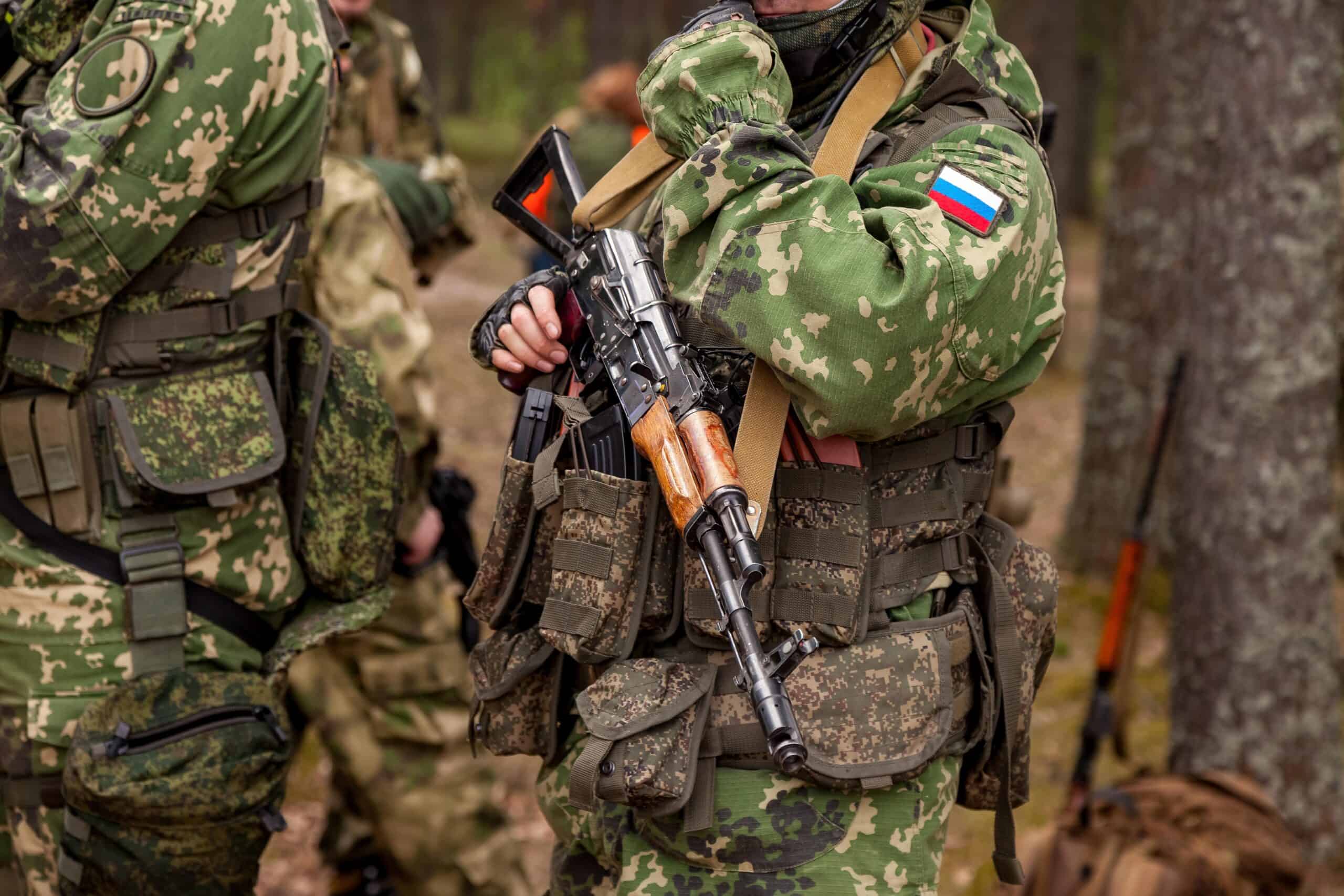
Published:

Traditional military forces are not the only troops in play across Eastern Europe. Paramilitary forces make up a key component of many armies in the region and serve in important roles for the state ranging from border defense to internal security. Here, 24/7 Wall St. is taking a closer look at the largest paramilitary forces in Eastern Europe.
To identify the Eastern European countries with the most paramilitary personnel, 24/7 Wall St. reviewed 2024 Military Strength Ranking from Global Firepower, an annually updated defense-related statistics website with information on 145 countries. Countries were ranked on the total number of paramilitary personnel. We included supplemental information regarding total personnel, active personnel, reserves, total population, fit-for-service, and overall military strength score. Countries without any paramilitary forces were excluded.
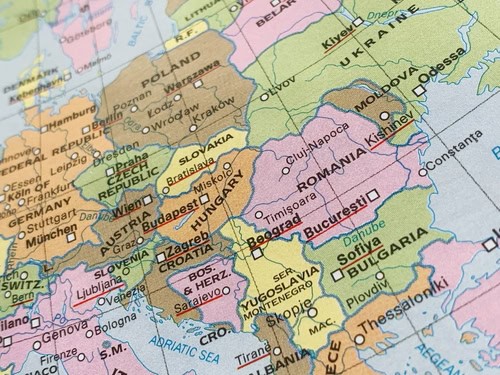
Understanding the military dynamics of Eastern Europe is essential due to the region’s critical geopolitical importance, not to mention the ongoing conflict. Eastern Europe has historically been a focal point of tension, and military power plays an important role in maintaining both political and economic stability. The stability of Eastern Europe remains vital to global security.
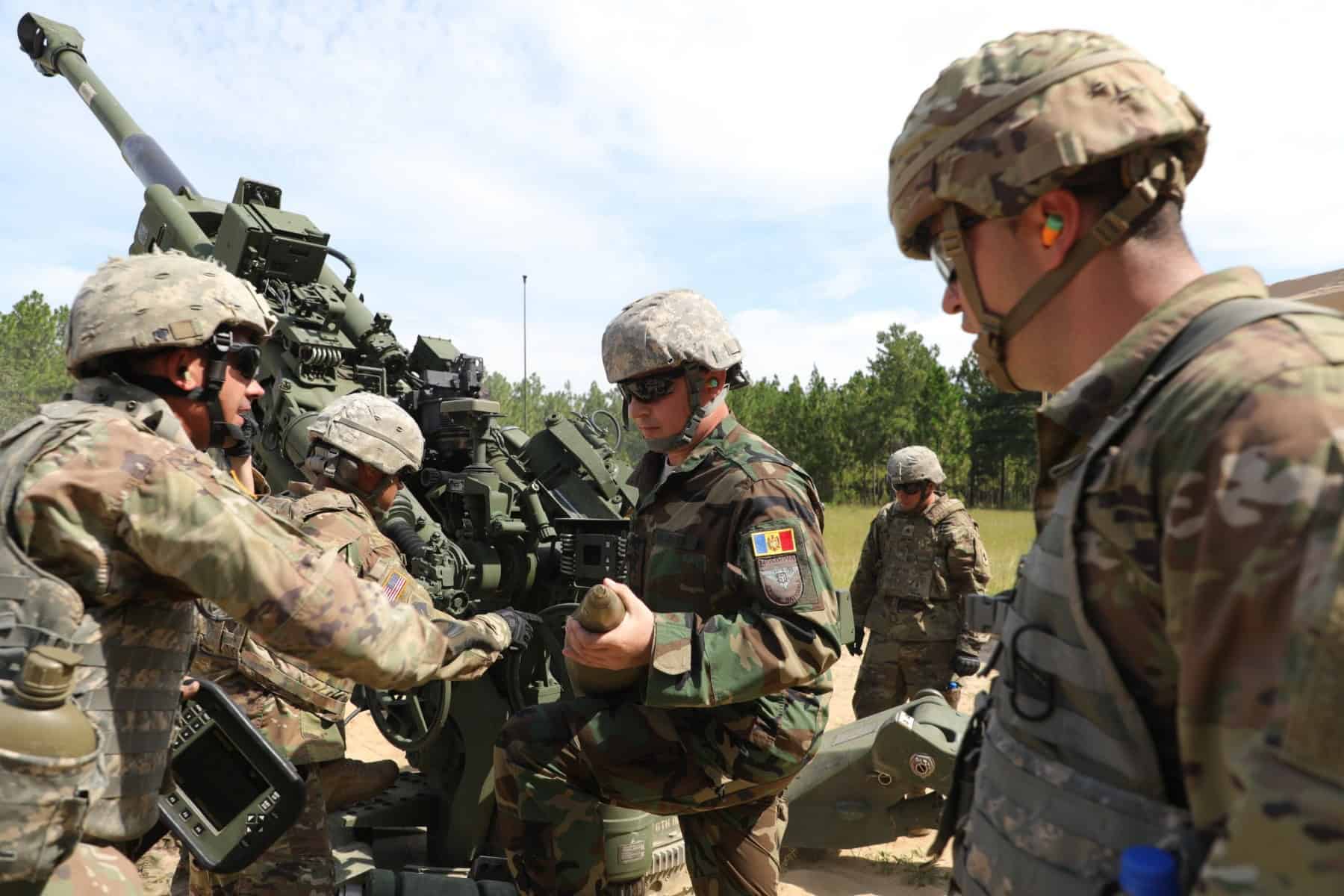
Outside of its troops, Moldova also has a total of 3 aircraft and 450 military vehicles at its disposal.
Moldova is a small landlocked country in Eastern Europe that maintains a modest military force that is mostly focused on defense and national security. Considering its geography, there is no navy to speak of for this country, but it does have a few assets.
The Moldovan military has been relatively slow in its development since it gained independence from the Soviet Union in 1991. Initially, Moldova inherited some assets from the Soviets but limited funding and political instability. One thing to note is that Moldova remains fairly neutral and does not align with any military alliances like NATO.
Overall, Moldova ranks as one of the weakest militaries in the world. This is a result of a few factors like active personnel, aircraft, and assets in general. The country only has roughly 8,500 active military personnel, three military aircraft, and only a handful of military vehicles.
For a country of just over 2.5 million people and only slightly larger than Maryland, its military seems to fit its objectives. Moldova’s military primarily serves national security, which is not a big issue as the country has neutrality enshrined in its constitution, and international peacekeeping missions.
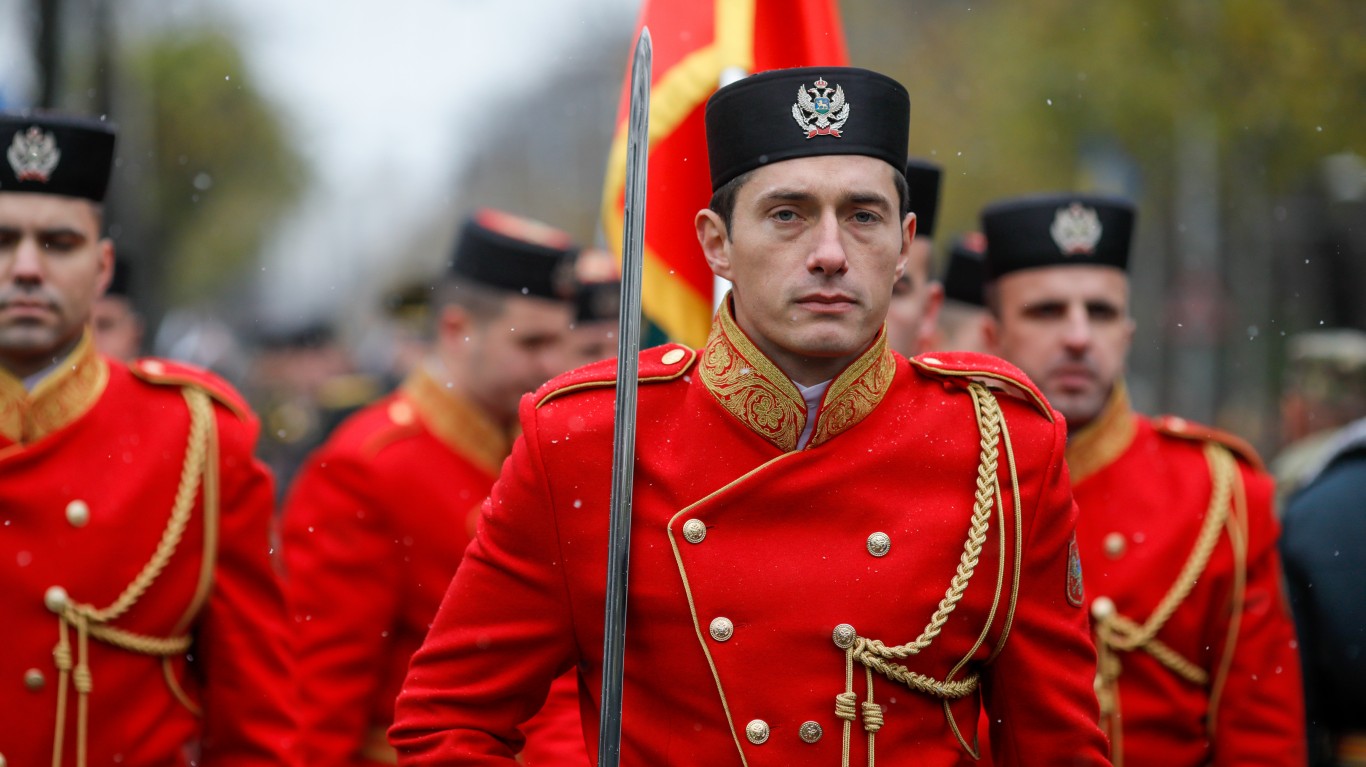
Outside of its troops, Montenegro also has a total of 11 aircraft, 662 military vehicles (including 0 tanks and 12 MLRS units), as well as 13 ships and/or submarines at its disposal.
Moldova is a small landlocked country in Eastern Europe that maintains a modest military force that is mostly focused on defense and national security. Considering its geography, there is no navy to speak of for this country, but it does have a few assets.
The Moldovan military has been relatively slow in its development since it gained independence from the Soviet Union in 1991. Initially, Moldova inherited some assets from the Soviets but limited funding and political instability. One thing to note is that Moldova remains fairly neutral and does not align with any military alliances like NATO.
Overall, Moldova ranks as one of the weakest militaries in the world. This is a result of a few factors like active personnel, aircraft, and assets in general. The country only has roughly 8,500 active military personnel, three military aircraft, and only a handful of military vehicles.
For a country of just over 2.5 million people and only slightly larger than Maryland, its military seems to fit its objectives. Moldova’s military primarily serves national security, which is not a big issue as the country has neutrality enshrined in its constitution, and international peacekeeping missions.
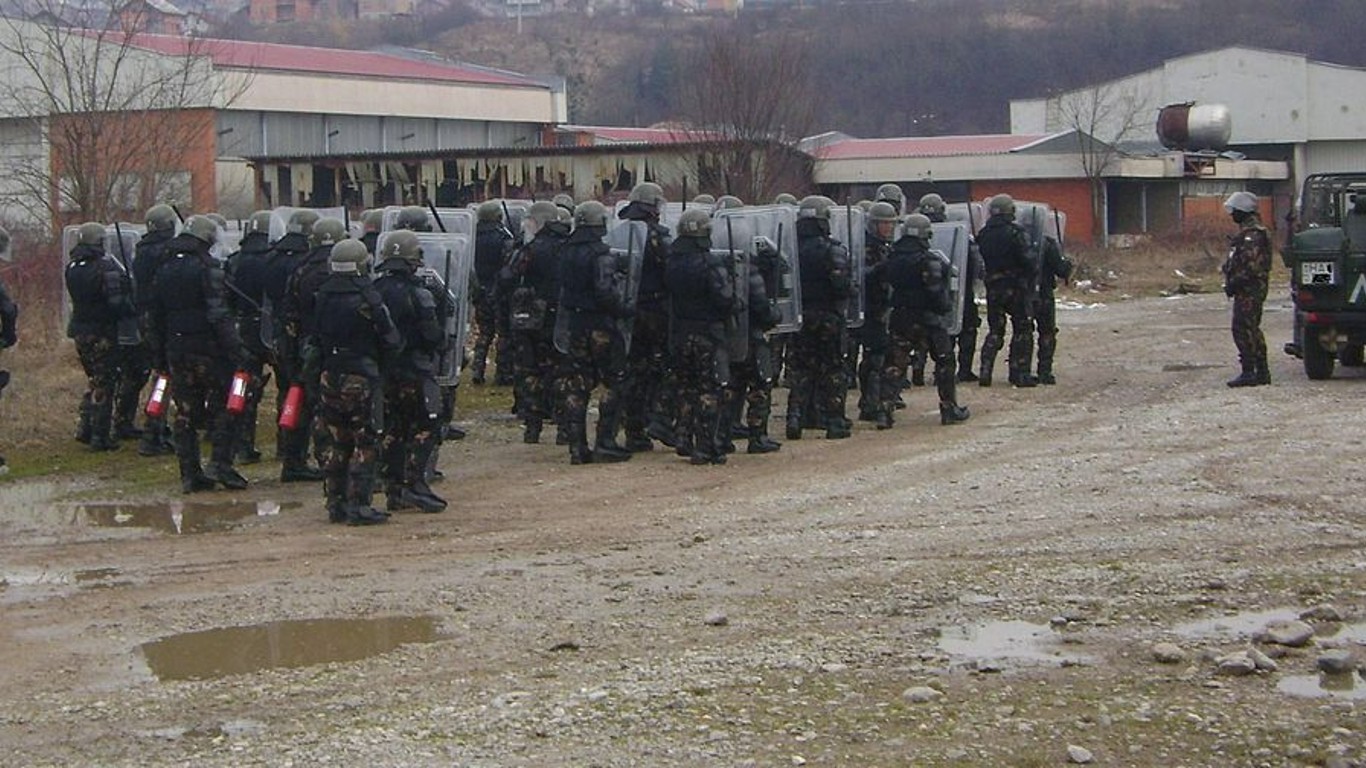
Outside of its troops, Hungary also has a total of 62 aircraft and 7,797 military vehicles (including 208 tanks) at its disposal.
Following World War II, Hungary joined the Warsaw Pact, a military alliance composed of many central and eastern European nations made in response to the formation of NATO. While this would heavily impact Hungary’s military doctrine to a more Soviet way of thinking, Hungary would eventually turn to NATO in the late 1990s. As a result, Hungary’s military seems to be a mix of East and West, with modernization efforts pushing more to the West.
Hungary has a standing army of roughly 42,000 active personnel, flanked by a sizable tank force and a relatively small air force, comparatively.
Its air force primarily consists of transport and utility helicopters, along with Gripen fighter jets, acquired from Sweden. Hungary is currently undergoing a modernization effort within its fleet, namely acquiring more H225M combat helicopters.
Hungary’s tank force comes mainly from the Soviet era, consisting mainly of T-72 models. However, as with its modernization efforts, Hungary is looking to add more Western tanks and armored vehicles from its NATO allies.
Although Hungary is landlocked and has no navy, its forces still perform joint operations with its NATO allies to get some training in.
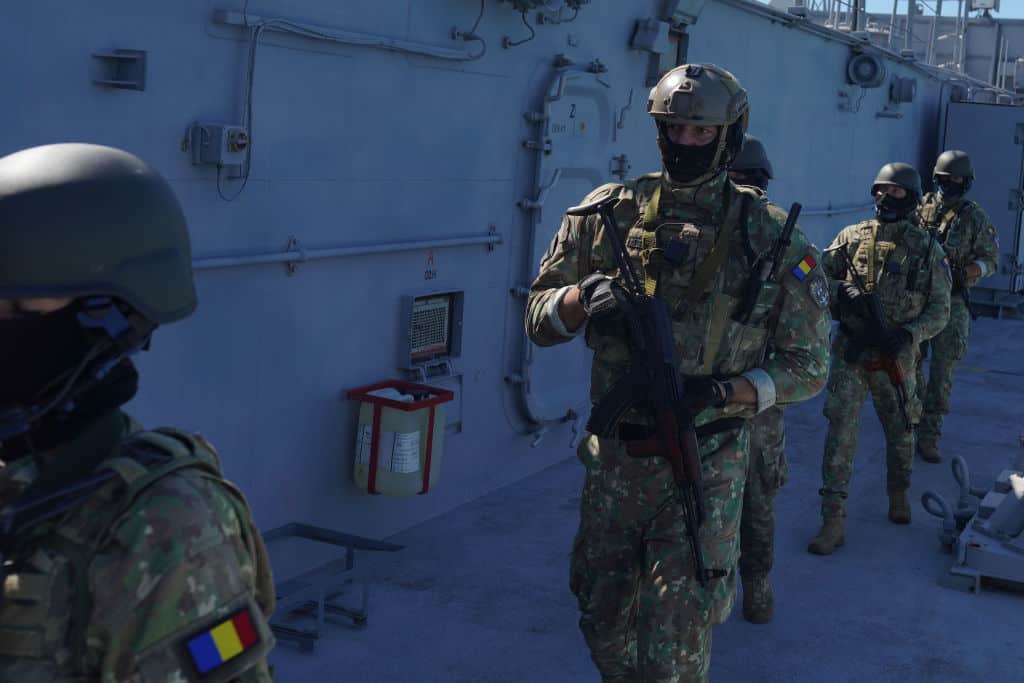
Outside of its troops, Romania also has a total of 131 aircraft, 9,990 military vehicles (including 345 tanks and 225 MLRS units), as well as 20 ships and/or submarines at its disposal.
Another member of the Warsaw Pact, Romania, has seen significant improvement in its military since the dissolution of the Soviet Union. Like many other Soviet-bloc nations, Romania inherited assets and infrastructure after the fall but has since transitioned to allying with more Western powers when it joined NATO in 2004.
Compared to most countries in the region, Romania operates a formidable tank force. Many of these, like the T-72, were inherited from the Soviets. However, Romania is locally producing its own tanks as well, like the TR-85 model.
Romania’s navy, although small, is important as a result of the country’s Black Sea coastline. Its fleet of frigates, corvettes, and patrol boats contributes to regional security and NATO naval operations.
In terms of the air force, Romania operates a series of F-16 jets obtained from its NATO allies. However, it has over 40 new F-35 Lightning II fighter jets on order from the United States. These are on the cutting-edge of stealth technology and pack some serious firepower.
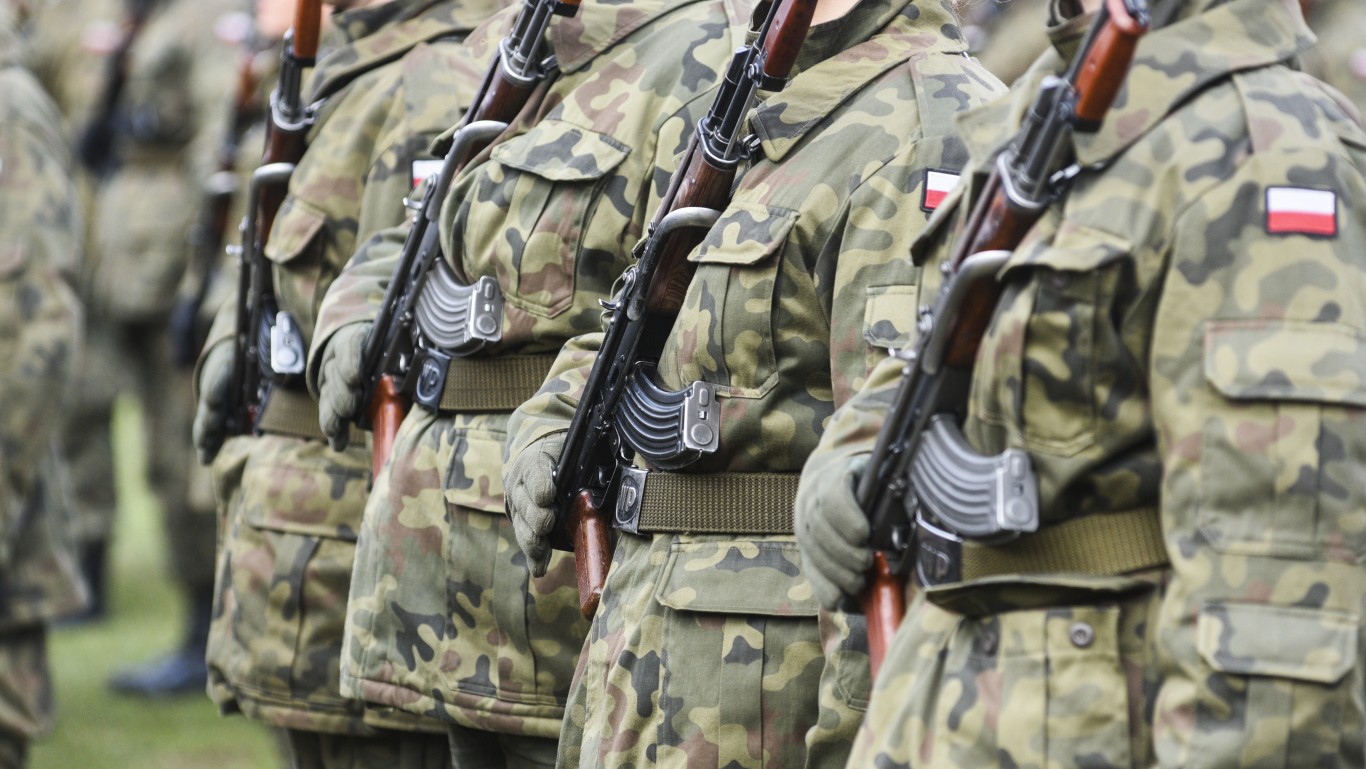
Outside of its troops, Poland also has a total of 468 aircraft, 13,956 military vehicles (including 612 tanks and 211 MLRS units), as well as 45 ships and/or submarines at its disposal.
After World War II, Poland fell under Soviet influence and became a key member of the Warsaw Pact, with its military closely tied to the Soviet school of thought. However, the fall of communism resulted in Poland quickly distancing itself and aligning with Western powers.
Poland joined NATO in 1999 and turned its focus to modernizing its military to fit NATO standards. With this came moving away from Soviet-era assets in favor of more advanced tanks and jets, like the Leopard 2s and F-16s. Even today, Poland is investing heavily in the new F-35 Lightning II fifth-generation fighter jets, with over 30 on order.
In terms of its ground forces, Poland operates over 600 tanks. The German Leopard 2 and locally produced PT-91 are mainstays of its force.
The navy is comprised of frigates, submarines, and patrol boats that primarily operate in the Baltic Sea.
Poland’s military boasts over 200,000 active personnel and is easily one of the largest forces in the region. Outside of Russia and Ukraine, which are involved in a hot conflict, Poland is home to one of the all-around strongest militaries in the region.
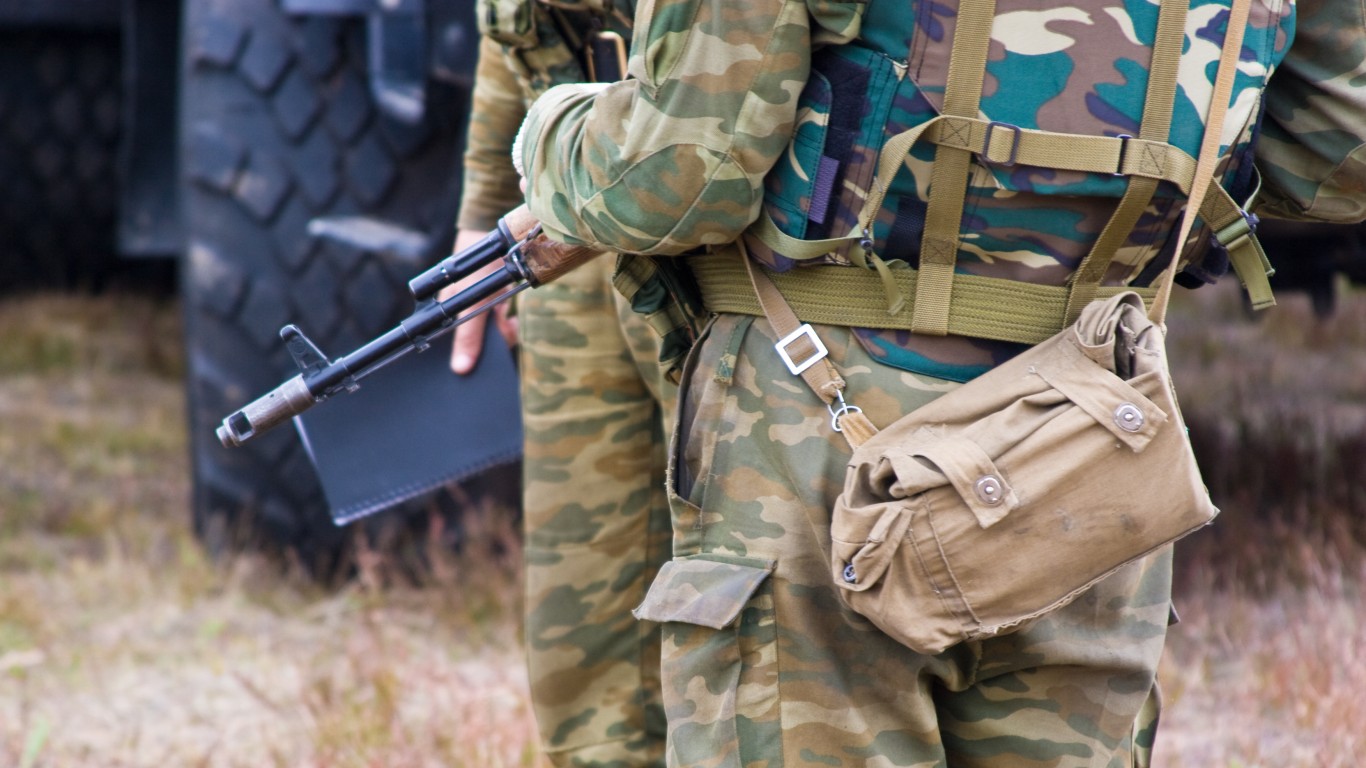
Outside of its troops, Belarus also has a total of 183 aircraft and 6,700 military vehicles (including 517 tanks and 206 MLRS units) at its disposal.
Although Belarus came into its own in 1991 following the dissolution of the Soviet Union, it still maintains strong ties with Russia. These ties have greatly benefited this small Eastern European country, especially in terms of its military.
Like many of the other Soviet satellites, Belarus inherited a great deal of Soviet infrastructure and assets that it still uses. For one, Belarus has one of the largest air forces in the region with over 180 aircraft at its disposal. It operates a series of modernized MiG-29 and other Sukhoi fighter jets in conjunction with a sizable helicopter fleet.
The Belarusian Army is fairly tank-heavy, with roughly 500 tanks. These are mainly Soviet-era T-72 models. The tanks work in tandem with a sizable artillery backing and even advanced multiple launch rocket systems.
It should be noted that Belarus, like many of these other countries, is landlocked so it does not operate a navy. However, its strong ties to Russia avail it of naval assets for joint operations.
Under the leadership of President Alexander Lukashenko since 1994, the military has greatly improved. This is also considering its close military alliance with Russia, which implies a mutual defense agreement, much like that of NATO countries.
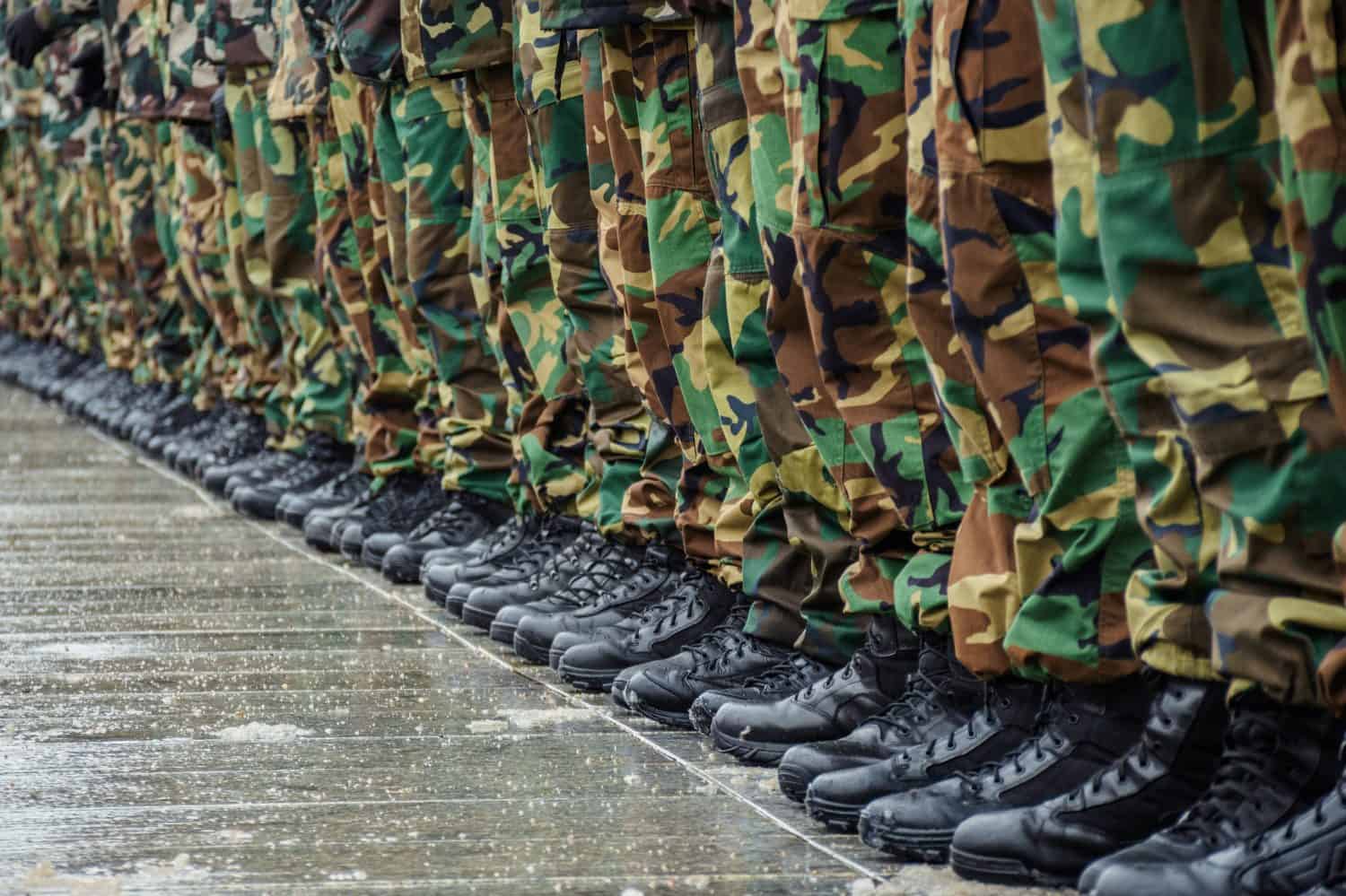
Outside of its troops, Ukraine also has a total of 321 aircraft, 22,110 military vehicles (including 1,777 tanks and 491 MLRS units), as well as 104 ships and/or submarines at its disposal.
Ukraine’s military has undergone a significant transformation since it gained independence from the Soviet Union in 1991. However, the current conflict may serve to reunify some regions of Ukraine with Russia. This is yet to be seen as the conflict is ongoing.
For going up against a world military superpower, Ukraine has fared decently over the past two years. Although Russia greatly outmatches Ukraine on basically all fronts, Ukraine has stood its ground respectably. According to the force ratio principle, or 3:1 rule, an invading force typically needs to be significantly larger than the defending force to succeed, which makes Ukraine’s ability to hold its ground against a much larger Russian military seriously impressive.

Outside of its troops, Russia also has a total of 4,255 aircraft, 161,382 military vehicles (including 14,777 tanks and 3,065 MLRS units), as well as 781 ships and/or submarines at its disposal.
Russia’s military is by far one of the largest and most powerful in the world, it occupies an elite club with the likes of China and the United States in terms of its military might. Russia has a long history characterized by its role in global conflicts, and this has shaped it into the army that it is today.
The Red Army played a huge factor in World War II as it marched across the Eastern front to Berlin to secure a loss for the Axis Powers. In the decades following the Second World War, the Cold War emerged as a struggle between East and West as competing military doctrines further shaped the militaries of NATO and Soviet-bloc nations.
One of these guiding principles on the Soviet side was the importance of tanks. By square mileage Russia is the largest country on Earth, but how do you defend all this ground? The Soviet school of thought was to build the world’s largest tank army, and this idea continues to this day in Russia’s armored divisions.
Russia also operates one of the most advanced air forces in the world. It is one of the elite club that is actually developing its own fifth generation fighter jets that incorporate the newest stealth technology.
The thought of burdening your family with a financial disaster is most Americans’ nightmare. However, recent studies show that over 100 million Americans still don’t have proper life insurance in the event they pass away.
Life insurance can bring peace of mind – ensuring your loved ones are safeguarded against unforeseen expenses and debts. With premiums often lower than expected and a variety of plans tailored to different life stages and health conditions, securing a policy is more accessible than ever.
A quick, no-obligation quote can provide valuable insight into what’s available and what might best suit your family’s needs. Life insurance is a simple step you can take today to help secure peace of mind for your loved ones tomorrow.
Click here to learn how to get a quote in just a few minutes.
Thank you for reading! Have some feedback for us?
Contact the 24/7 Wall St. editorial team.